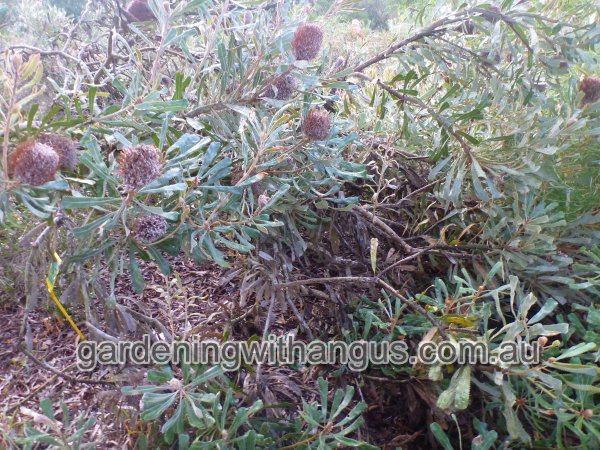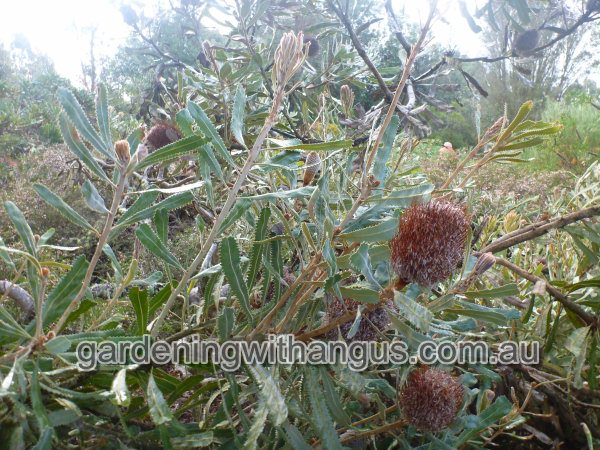Array
(
[0] => Array
(
[id] => 203
[is_published] => 1
[websiteID] => 5
[url] => /gardening/native-hibiscus.php
[page_status] => Published
[number_of_ads] => 5
[can_use_editor] => 1
[last_modified_date] => 2013-09-16 00:00:00
[last_modified_by] => Alan
[checked_for_duplicate_content] =>
[title] => Native Australian Hibiscus
[heading] => Native Hibiscus
[meta_description] => An ever increasing interest in native hibiscus has led to the horticultural development of a number of new cultivars which rival the exotic types in beauty and flower size.
[article_category_1] => Gardening
[article_category_2] =>
[article_category_3] =>
[article_category_4] =>
[article_category_5] =>
[business_category_1] => Landscaper
[business_category_2] => Nursery
[business_category_3] => Garden Designer
[business_category_4] => Landscape Architect
[business_category_5] =>
[number_of_google_mrecs] =>
[show_google_ad_bottom_of_page] => 1
[show_get_quotes_top_of_page] => 0
[show_get_quotes_rhs_of_page] => 0
[show_directory_search_widget] => 0
[show_trending_content_widget] => 0
[show_facebook_widget] => 1
[show_further_reading_section] => 1
[show_sponsors_section] => 1
[show_top_article_ad] => 1
)
[1] => Array
(
[id] => 130
[is_published] => 1
[websiteID] => 5
[url] => /landscaping/diy-australian-landscaping.php
[page_status] => Published
[number_of_ads] => 4
[can_use_editor] => 1
[last_modified_date] => 2013-09-10 00:00:00
[last_modified_by] => Alan
[checked_for_duplicate_content] =>
[title] => DIY Australian landscaping
[heading] => DIY Australian landscaping
[meta_description] => Read this informative article and learn how to create a uniquely Australian landscape or garden.
[article_category_1] => Landscaping
[article_category_2] =>
[article_category_3] =>
[article_category_4] =>
[article_category_5] =>
[business_category_1] => Landscaper
[business_category_2] => Nursery
[business_category_3] => Garden Designer
[business_category_4] => Landscape Architect
[business_category_5] =>
[number_of_google_mrecs] => 0
[show_google_ad_bottom_of_page] => 1
[show_get_quotes_top_of_page] => 1
[show_get_quotes_rhs_of_page] => 1
[show_directory_search_widget] => 1
[show_trending_content_widget] => 1
[show_facebook_widget] => 1
[show_further_reading_section] => 1
[show_sponsors_section] => 0
[show_top_article_ad] => 1
)
[2] => Array
(
[id] => 10
[is_published] => 1
[websiteID] => 5
[url] => /landscaping/planning-garden-design.php
[page_status] => Published
[number_of_ads] => 2
[can_use_editor] => 1
[last_modified_date] => 2014-01-13 00:00:00
[last_modified_by] => Angela
[checked_for_duplicate_content] =>
[title] => Planning your garden
[heading] => Planning your garden
[meta_description] => Learn how to design a garden using a step-by-step approach.
[article_category_1] => Landscaping
[article_category_2] =>
[article_category_3] =>
[article_category_4] =>
[article_category_5] =>
[business_category_1] => Landscaper
[business_category_2] => Nursery
[business_category_3] => Garden Designer
[business_category_4] => Landscape Architect
[business_category_5] =>
[number_of_google_mrecs] => 1
[show_google_ad_bottom_of_page] => 1
[show_get_quotes_top_of_page] => 1
[show_get_quotes_rhs_of_page] => 1
[show_directory_search_widget] => 1
[show_trending_content_widget] => 1
[show_facebook_widget] => 1
[show_further_reading_section] => 1
[show_sponsors_section] => 1
[show_top_article_ad] => 1
)
[3] => Array
(
[id] => 8
[is_published] => 1
[websiteID] => 5
[url] => /landscaping/choosing-a-fence.php
[page_status] => Published
[number_of_ads] => 4
[can_use_editor] => 1
[last_modified_date] => 2013-09-10 00:00:00
[last_modified_by] => Alan
[checked_for_duplicate_content] =>
[title] => How to choose a new fence
[heading] => How to choose a new fence
[meta_description] => Five important tips on how to choose a fence.
[article_category_1] => Landscaping
[article_category_2] =>
[article_category_3] =>
[article_category_4] =>
[article_category_5] =>
[business_category_1] => Landscaper
[business_category_2] => Nursery
[business_category_3] => Garden Designer
[business_category_4] => Landscape Architect
[business_category_5] =>
[number_of_google_mrecs] => 1
[show_google_ad_bottom_of_page] => 1
[show_get_quotes_top_of_page] => 1
[show_get_quotes_rhs_of_page] => 1
[show_directory_search_widget] => 1
[show_trending_content_widget] => 1
[show_facebook_widget] => 1
[show_further_reading_section] => 1
[show_sponsors_section] => 0
[show_top_article_ad] => 1
)
)
Helpful articles
Native Hibiscus. An ever increasing interest in native hibiscus has led to the horticultural development of a number of new cultivars which rival the exotic types in beauty and flower size.
DIY Australian landscaping. Read this informative article and learn how to create a uniquely Australian landscape or garden.
Planning your garden. Learn how to design a garden using a step-by-step approach.
How to choose a new fence. Five important tips on how to choose a fence.
Plant description
Banksia burdettii is a large shrub to small tree, native to sandplains in Western Australia. The stunning flower heads are grey in bud and orange when they open are borne on a rounded bushy plant. Use it as a feature shrub and enjoy cut flowers for indoor decoration as well. It is a very low maintenance plant, tolerant of drought and frost once established. Plant is full sun to part shade, and needs a well drained soil.
Further reading: Growing Banksias (an article written by native plant expert Angus Stewart).
Additional plant information
Flowers
Flower colour: Grey and orange
Flowering season: summer autumn
Plant size
Maximum height: 6 metres
Minimum height: 3 metres
Maximum width: 6 metres
Minimum width: 3 metres
Sunlight, frost & salt tolerance
This plant will tolerate full or partial sunlight.
Medium frost tolerance.
Plant is not salt tolerant.
Fauna attracting?
Yes. Attracts: birds.
Climate
This plant species will grow in the following climates: cool, temperate.
Soil types & conditions
Loam: dry, well-drained.
Clay: dry, well-drained.
Sand: dry, moist, well-drained.
Soil pH: 5.5-6.5
Diseases
root rot
Miscellaneous information
Native to: Australia.
Planting season: all year.
Types of fertiliser: low phosphorus.
Find a nursery
Search for another plant


